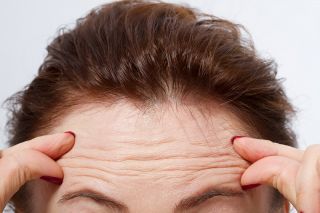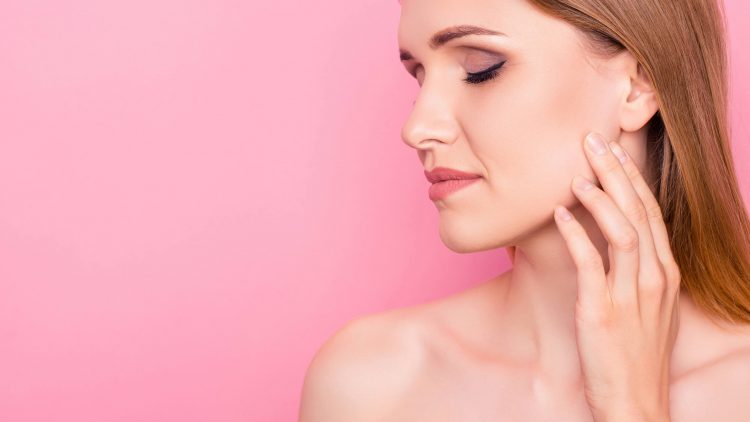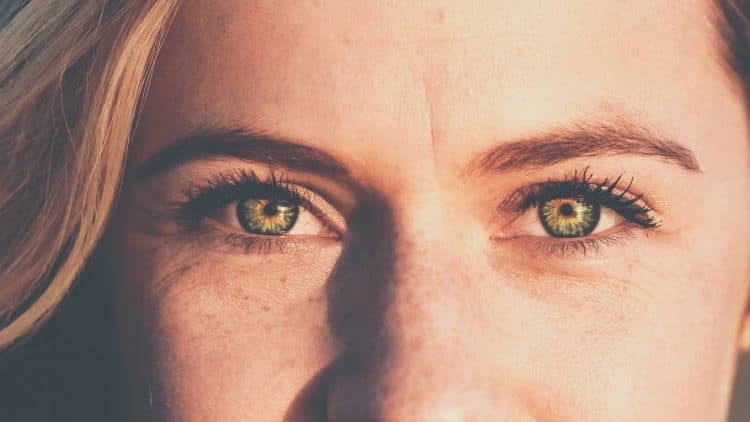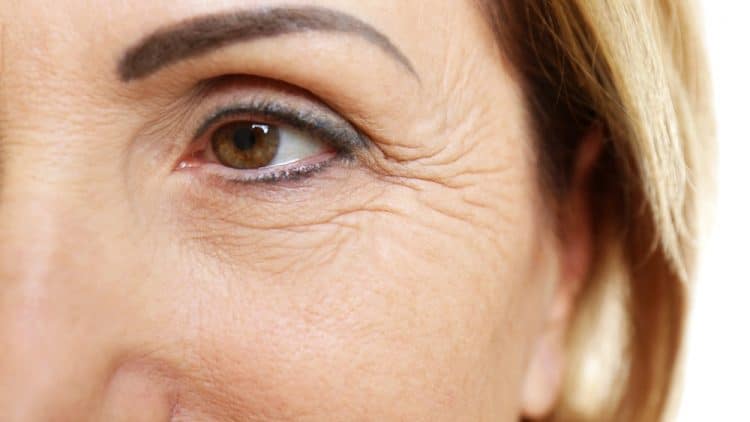
Kick Off Your Retirement with a New Procedure
Retiring is something that all of us look forward to. It's the stage of life where we can finally relax, travel, and enjoy life without the stress of a career. One exciting way to indulge in this era is by getting a treatment or procedure to make us feel more youthful as we enter retirement. Several options are available, and your choice will depend entirely on your personal preference and the desired outcome.
Top 5 Cosmetic Procedures to Help You Look and Feel Your Best
As you approach retirement, you may feel like you're losing your youthful glow. But it doesn't have to be that way. There are a variety of cosmetic procedures out there to help you look and feel your best.
From non-invasive treatments to surgical procedures, plenty of options are available to help you look and feel like a younger version of yourself. Here’s a look at five of the most popular cosmetic procedures:
Face Lift
Recent research shows that facelift procedures are the top cosmetic procedures sought by those 45+ years old. A facelift is a surgical procedure that involves removing excess skin and tightening the underlying facial muscles to reduce wrinkles and sagging in the face and neck. The results can be dramatic, depending on how much skin is removed and what specific areas are targeted.
Eyelid Surgery
The second most popular procedure for those 45+ is eyelid surgery. This procedure involves removing excess skin from the upper and/or lower eyelids to correct sagging and drooping. Depending on the desired outcome, you may only need to do the upper or lower eyelid, though it's common for patients to do both simultaneously.
Brow Lift
Brow lifts are another popular procedure for those seeking both facelifts and eyelid surgery. These procedures are designed to help lift and shape the eyebrows to help make them appear more alert and youthful.
Botox
Another common procedure among those who've reached retirement age is Botox or Botulinum Toxin injections. These minimally invasive procedures can temporarily reduce the appearance of wrinkles and fine lines on the face. Botox is often used to smooth out wrinkles around the eyes and forehead, but it can also be used to help treat other areas of the face.
Soft Tissue Fillers
Finally, soft tissue fillers are another minimally invasive procedure that's becoming increasingly popular among those who've reached retirement age. These fillers are designed to help plump up areas of the face that have lost volume due to aging. They're used to treat wrinkles, laugh lines, thin lips, and more. [cb1]
Reach Your Desired Results with the Help of Dr. Binder
Dr. Binder, a leading board-certified facial plastic and reconstructive surgeon in the Beverly Hills area, has seen many patients turn to cosmetic procedures to help them feel better about themselves as they enter retirement.
Whether you're looking to make yourself feel more youthful or simply looking for a way to enhance your look in this new era of life, Dr. Binder can help you achieve your desired look and feel your best.
Contact the office today to schedule a consultation!
[cb1]Note: The outline didn't say to include these. However, they are listed as some of the most common non-invasive procedures to have. So, I thought it important to include these as well as the 3 invasive ones mentioned above.







